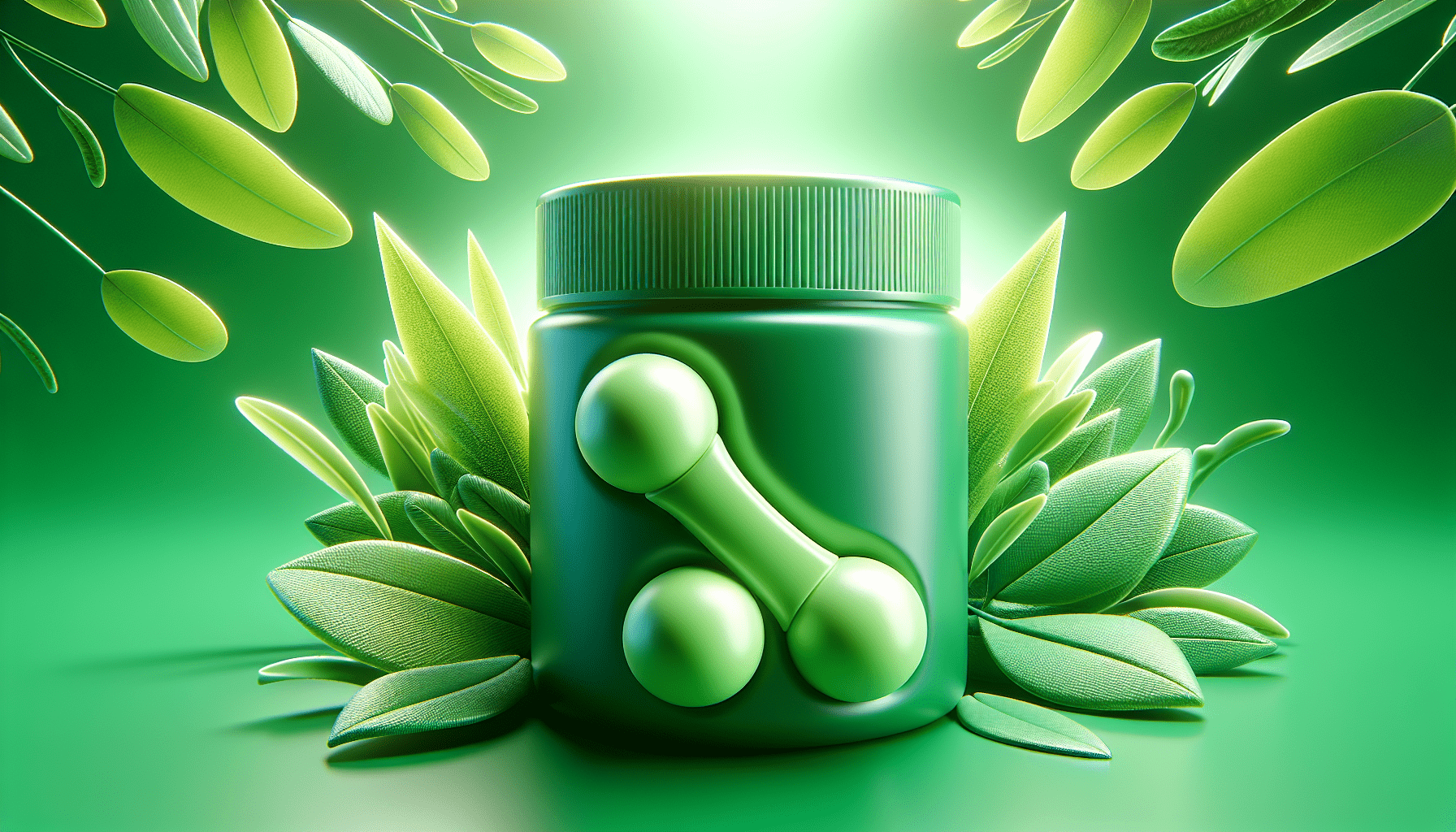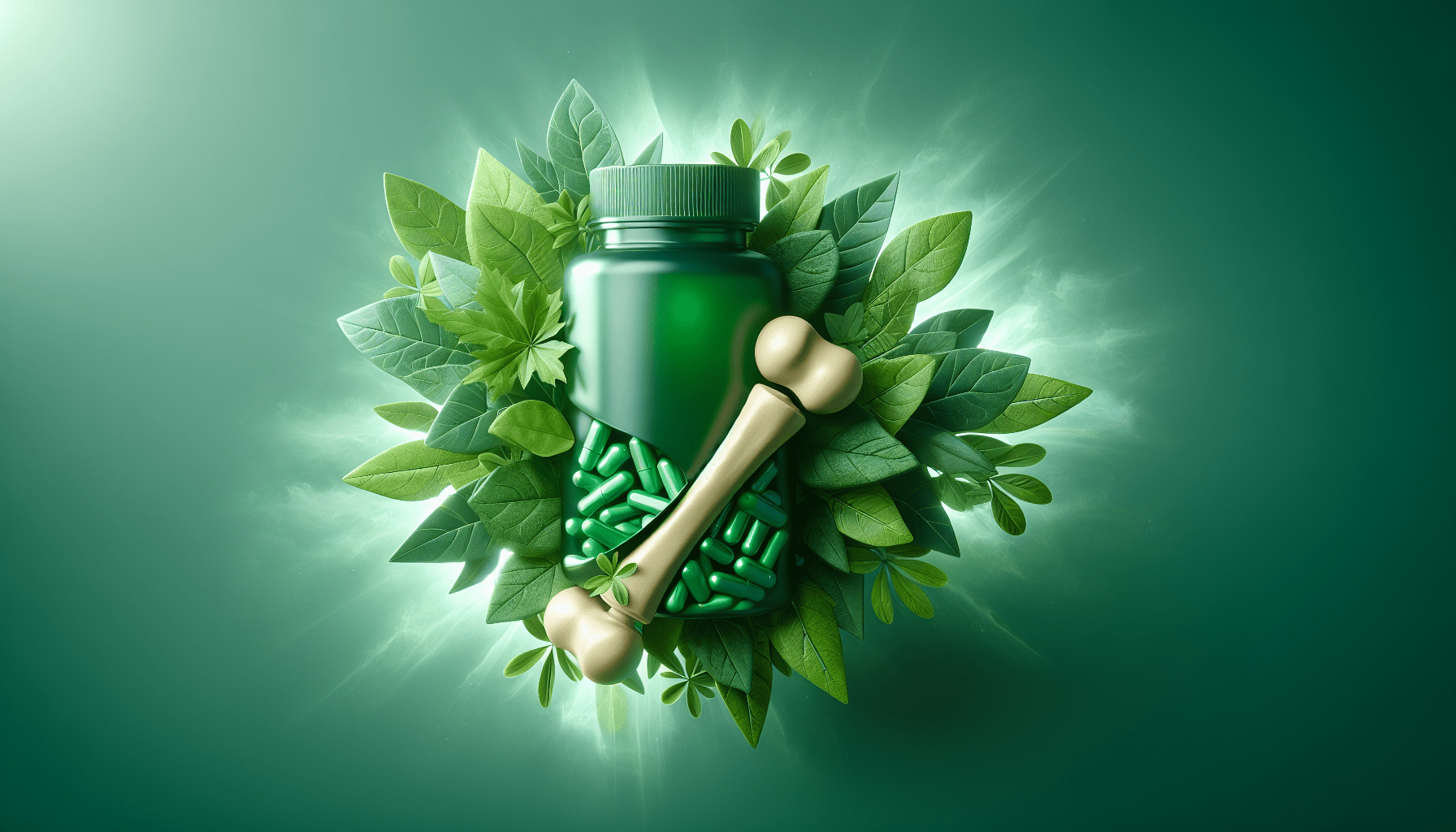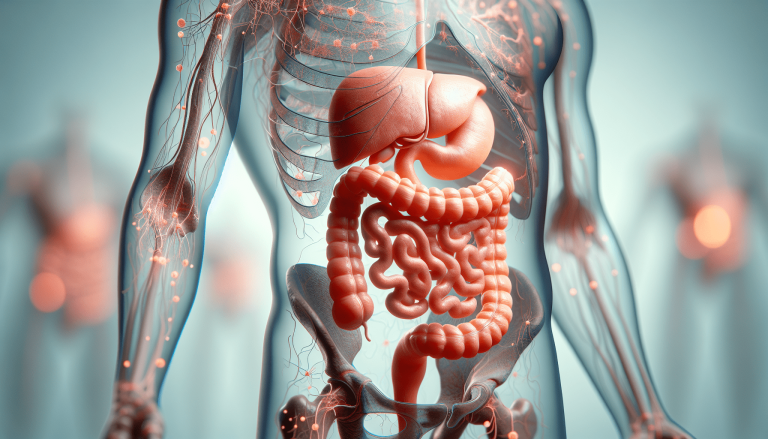What Is The Best Thing To Heal Joints?
Do you often find yourself pondering the best way to heal your aching joints? Whether you’re an athlete, suffer from arthritis, or simply want to maintain joint health as you age, understanding the best approaches to joint healing can significantly improve your quality of life.
Understanding Joint Health
What Are Joints?
Joints are the areas where two or more bones meet. They are crucial for providing support and enabling movement. Joints can be classified into several types, including:
| Joint Type | Description | Examples |
|---|---|---|
| Fixed | Immovable | Skull joints |
| Hinge | Move in one direction | Elbow, knee |
| Ball-and-socket | Provide rotational movement | Shoulder, hip |
Why Do Joints Hurt?
Joint pain can result from a variety of factors such as injury, infection, inflammation, or even autoimmune diseases. Common causes include:
- Osteoarthritis: Wear and tear of the cartilage.
- Rheumatoid Arthritis: An autoimmune disorder affecting the lining of joints.
- Gout: Urate crystals building up in joints.
- Injuries: Sprains, strains, fractures.
Natural Remedies for Joint Healing
Stay Active
One of the best things you can do for your joints is to stay active. Regular exercise helps to keep your joints flexible and strengthens the muscles around them. Ideally, you should include a mix of activities in your routine, such as:
- Aerobic exercises: Walking, swimming.
- Strength training: Light weights or resistance bands.
- Flexibility exercises: Yoga, stretching.
Nutrition for Joint Health
Good nutrition is key in maintaining and repairing joints. Here are some foods that can offer benefits:
- Fatty Fish: Rich in omega-3 fatty acids, which have anti-inflammatory properties.
- Leafy Greens: High in vitamins C and K, promoting healthy bones.
- Nuts and Seeds: Provide essential fatty acids and minerals.
Weight Management
Carrying excess weight puts extra stress on your joints, especially weight-bearing joints like the knees and hips. By maintaining a healthy weight, you can alleviate some of the pressure and reduce the risk of joint problems.

Medical Treatments for Joint Pain
Over-the-Counter Medications
If natural remedies aren’t enough, you might consider over-the-counter medications to alleviate pain and inflammation. Common options include:
| Medication Type | Examples | Purpose |
|---|---|---|
| NSAIDs | Ibuprofen, Naproxen | Reduce inflammation and pain |
| Acetaminophen | Tylenol | Alleviate pain without anti-inflammatory effects |
Prescription Medications
For more severe cases, prescription medications might be necessary. These can include stronger pain relievers, corticosteroids, or even disease-modifying antirheumatic drugs (DMARDs) for conditions like rheumatoid arthritis.
Physical Therapy
Physical therapy can be incredibly beneficial for joint pain. A physical therapist can design a personalized plan that includes exercises to strengthen the muscles around your joints, improving flexibility and easing pain.
Surgical Interventions
In severe cases, surgery might be the best option. Procedures can range from arthroscopic surgery, which is minimally invasive, to joint replacement surgery. Surgeons will usually recommend surgery when other treatments haven’t succeeded in providing relief.
Advanced Therapies for Joint Healing
Platelet-Rich Plasma (PRP) Therapy
PRP therapy involves injecting a concentration of a patient’s own platelets to accelerate the healing of injured ligaments, tendons, muscles, and joints. It’s increasingly popular among athletes for quick recovery.
Stem Cell Therapy
Stem cell therapy uses the body’s natural healing mechanisms to repair and reduce inflammation. Though still under research, this could potentially provide significant relief for degenerative joint conditions.
Hyaluronic Acid Injections
Hyaluronic acid injections can add cushion and lubrication to the joint, providing temporary pain relief and increasing mobility. It’s commonly used for knee osteoarthritis.

Lifestyle Adjustments for Long-Term Joint Health
Ergonomics
Ergonomics can play a significant role in long-term joint health. Proper posture, supportive footwear, and ergonomic furniture can help reduce strain on your joints, especially if you have a sedentary job.
Mind-Body Techniques
Practices such as meditation, acupuncture, and Tai Chi can help manage chronic pain and improve your overall well-being. These techniques might not directly heal your joints but can offer significant auxiliary benefits.
Avoiding Overuse
Sometimes, the best treatment is rest. Overusing your joints can lead to inflammation and injuries, so it’s crucial to know your limits and give your body time to recover.
Heat and Cold Therapy
Alternating between heat and cold packs can alleviate pain and reduce swelling. Apply cold packs to numb the area and reduce inflammation, and use heat to relax muscles and improve circulation.
New Developments in Joint Healing
Biomaterials
Biomaterials are becoming increasingly important for joint repair. These synthetic or natural materials are used to support or replace damaged tissues and have shown promising results.
Genetic Research
Emerging genetic research aims to understand the underlying mechanisms behind joint degeneration. This could eventually lead to targeted therapies that could prevent or reverse joint damage at the genetic level.
Wearable Technology
Wearable devices that monitor joint health and assist in rehabilitation exercises are becoming more advanced. These technologies can provide real-time feedback and improve the effectiveness of your healing practices.
When to Consult a Healthcare Professional
If you experience persistent joint pain, swelling, or stiffness, it’s crucial to consult a healthcare professional. Early diagnosis and treatment can prevent further damage and improve your quality of life.
Red Flags
- Persistent pain despite self-care.
- Significant swelling or deformity.
- Inability to use the joint normally.
- Fever accompanying joint pain.
What to Expect
Your healthcare provider will likely perform a physical examination, take a medical history, and may request imaging tests such as X-rays or MRIs to get a detailed look at your joints.
Final Thoughts
There is no one-size-fits-all solution for joint healing. Whether opting for natural remedies, medical treatments, or a combination of both, the key is to be proactive and attentive to your body’s needs. Improving your joint health can significantly enhance your overall quality of life, giving you the freedom to move comfortably and enjoy the activities you love.
Understanding the best thing to heal joints can empower you to take control of your health. By integrating a well-rounded approach, you can effectively manage and even prevent joint-related issues, ensuring a more active and pain-free life.
Additional Resources
It starts with a little bit of soreness…in your knees, hips, later your back.
You brush it off You keep thinking “It’s probably nothing”.
Until your joints get worse and stiffer day by day. Suddenly the pain is real. Little by little it makes you a living mess. Sitting down or getting up is an extreme task, loosening your grip, controlling your motions is a nightmare and before you know it…
Boom! You’re a prisoner in your own body.
More than 3,988 cases of chronic pain, mild and severe arthritis have reported that their pain has gone down by 87%, the swelling and stiffness are completely gone and their mobility is back to normal.
The majority of them are even back to driving.
>> It only takes 30 seconds to eliminate joint pain in less than 15 minutes.







